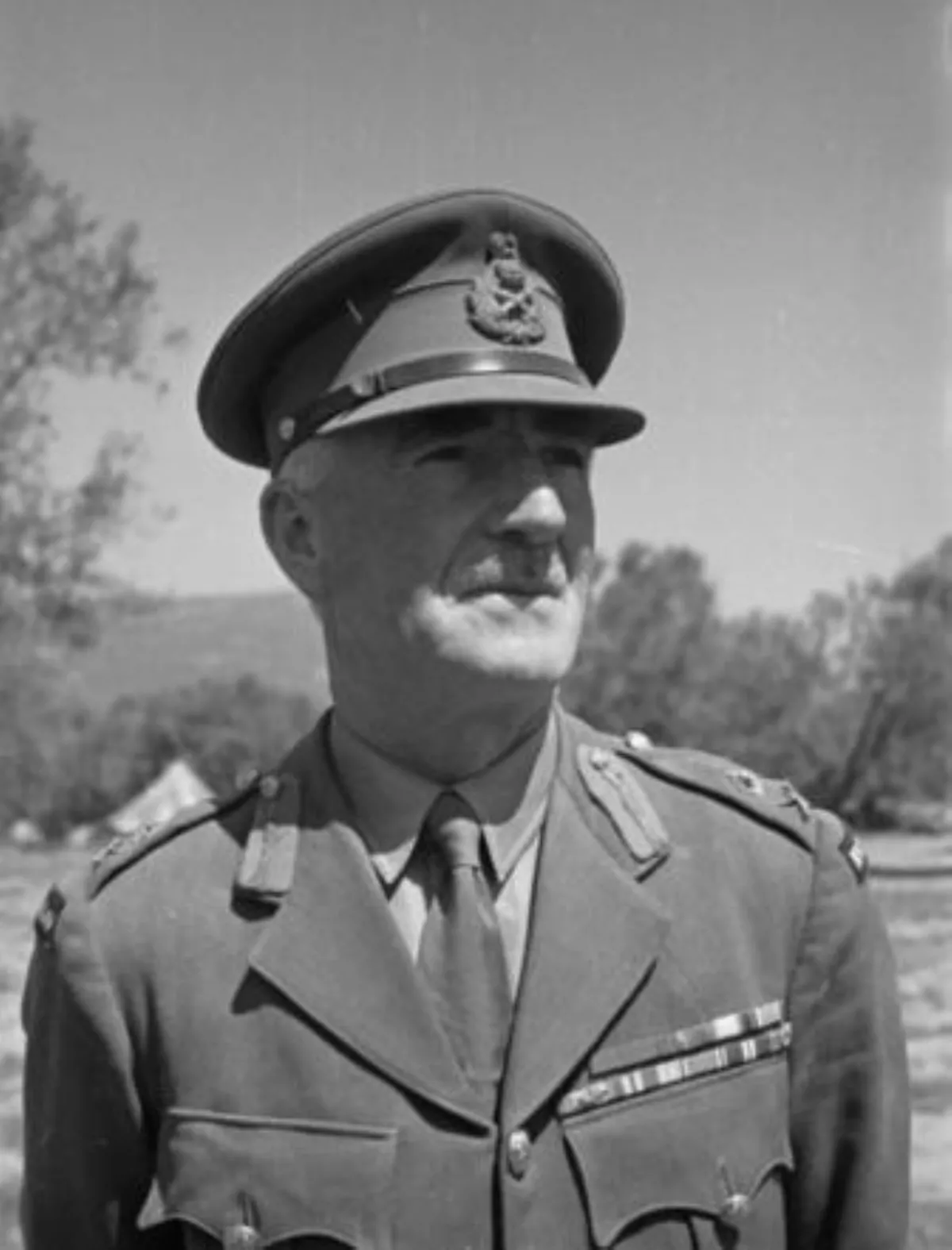 1.
1. Edward Puttick later served with the New Zealand Rifle Brigade during the Senussi campaign and on the Western Front.

 1.
1. Edward Puttick later served with the New Zealand Rifle Brigade during the Senussi campaign and on the Western Front.
Edward Puttick was commanding the 3rd Battalion of the brigade in March 1918 when he was wounded and later repatriated to New Zealand.
Edward Puttick joined the New Zealand Staff Corps in 1919 and held a number of command and staff positions for the next 20 years.
Edward Puttick retired from the military the following year and died in 1976.
The son of a railway worker from London, Edward Puttick was born in Timaru, in South Canterbury.
Edward Puttick was educated at Waitaki Boys' High School, after which he joined the Roads Department, as it was then known, as a draughtsman.
Edward Puttick joined the newly formed Territorial Force in 1911, serving as a second lieutenant in the 15th Regiment.
Edward Puttick commanded 'B' Company of the battalion during the Senussi Campaign from January to February 1916, before being transferred to the 2nd Infantry Brigade of the newly formed New Zealand Division.
Edward Puttick was promoted to major and appointed Staff Captain of the brigade, under the command of Brigadier General William Braithwaite.
Edward Puttick fought in the Battle of Flers-Courcelette in mid-September 1916 and was mentioned in despatches for his leadership and support of his battalion commander, Colonel Charles Melvill, immediately following the battle.
Edward Puttick led the battalion through the Battle of Passchendaele until November 1917 at which time he was given command of the 3rd Battalion, New Zealand Rifle Brigade.
Edward Puttick was evacuated to England for treatment and after recuperating, commanded the New Zealand Rifle Brigade's training camp in Brocton, Staffordshire.
Edward Puttick returned to the Roads Department but was seconded to the military in August 1919.
In 1920, Edward Puttick was appointed commander of the Fiji Expeditionary Force, which had been raised following a request from the Fijian government for military forces to support local police dealing with striking labourers and farmers.
Edward Puttick then served in a number of staff positions.
Edward Puttick was sent to England for attachment to the War Office and the same year attended the Imperial Defence College in 1937, with the rank of colonel.
Edward Puttick was one of New Zealand's representatives at the coronation of King George VI and Queen Elizabeth in Westminster Abbey.
Edward Puttick was commanding the Central Military District when the Second World War broke out and, as a skilled administrator, played a key role in the raising of the Second New Zealand Expeditionary Force for service overseas.
The 4th Infantry Brigade with Edward Puttick, promoted to temporary brigadier, as its commander was to be the first brigade of the newly formed 2nd New Zealand Division, under the overall command of Major General Bernard Freyberg.
Edward Puttick oversaw the training of the brigade once it settled in its base in Egypt.
Edward Puttick was later awarded a Bar to his DSO for his "gallantry and devotion to duty" during this period.
On Crete, Edward Puttick was promoted to temporary major general and, following Freyberg's appointment as the commander of Creforce, took over responsibility for the 2nd New Zealand Division.
On his return to Egypt, Edward Puttick was offered the opportunity to become Chief of the General Staff, effectively the commander of the New Zealand Military Forces, by the visiting New Zealand prime minister, Peter Fraser.
Edward Puttick accepted the role and returned to New Zealand in September 1941.
Edward Puttick's focus was on ensuring the manpower of the 2NZEF in North Africa was adequately maintained by reinforcements.
Edward Puttick was succeeded as Chief of the General Staff by Major General Norman Weir in late 1945 and was appointed a Knight Commander of the Order of the Bath in the 1946 New Year Honours.
Edward Puttick's wife died in 1964 and in his later years, he lived in Raglan, a small seaside town on the west coast of the North Island.
Edward Puttick died on 25 July 1976 in Hamilton, survived by his three daughters, and was buried at Karori Cemetery in Wellington with military honours.